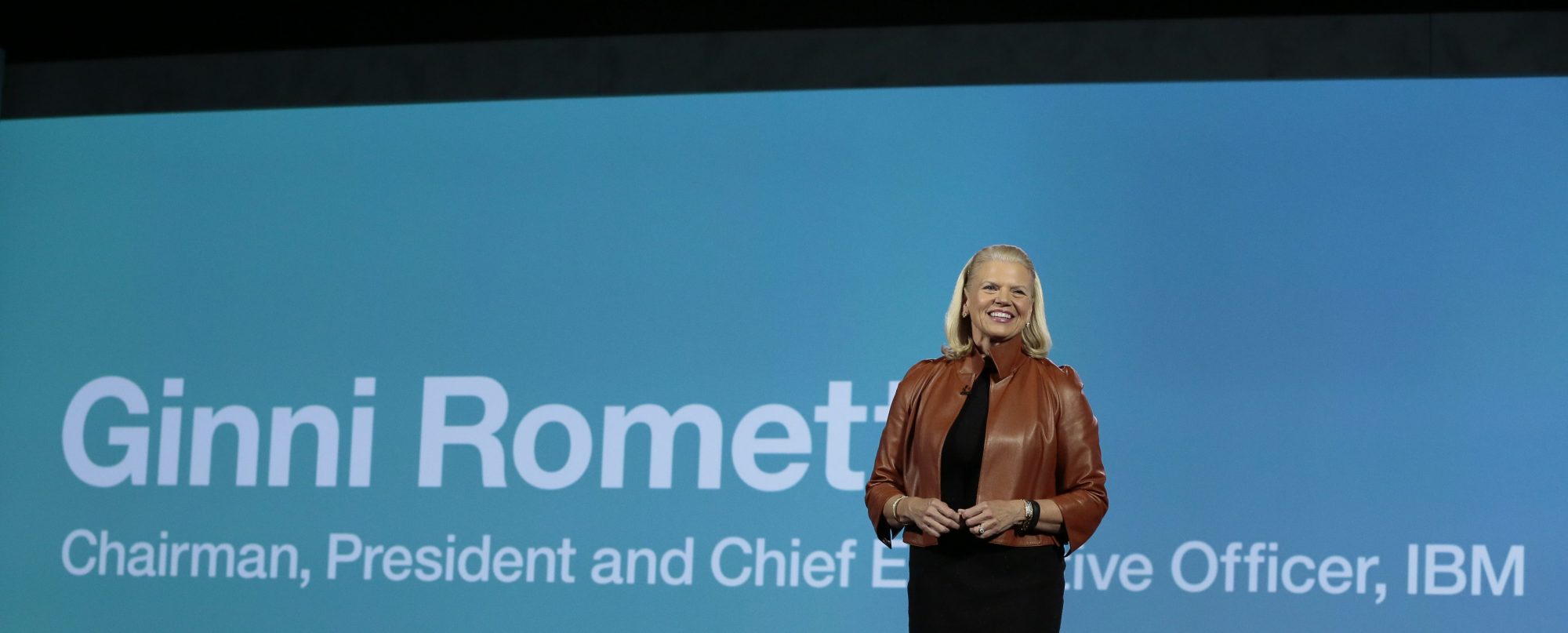The reality of self-driving cars on public roads could happen sooner than expected thanks to Canadian university researchers.
Renesas Electronics America has unveiled a new highly autonomous vehicle at CES 2017 in Las Vegas, and a team of University of Waterloo researchers played an integral role in its development and testing.
Led by Steven Waslander, a professor at Waterloo’s department of mechanical and mechatronics engineering, the 25-person team has been in charge of creating the software algorithms that allows the car to detect and respond to other vehicles, stop signs and traffic lights autonomously. The team also embedded a full suite of radar, sonar, lidar, inertial and vision sensors to help with path planning and motion control, and is working on using this data to its full potential.
“Part of our project was about defining what we do with that sensor data,” Waslander tells Computer Dealer News. “For example, the laser data provides a 3D model of the environment and surroundings as someone’s driving through it, and the radar data shows how fast the car is moving, as well as objects around it.”
He explains that the autonomous technology involves three individual computing chips on a single board that essentially have to agree with every output they send to the vehicle’s control panel. If any one of the chips fail or send a different command than the other two, the vehicle “can no longer determine which two out of three are correct, so it will perform an automatic pullover maneuver and allow the driver to take over manually.
“Features like gas and acceleration, the steering wheel and the brakes are based on these computing chips. The idea is that if any of these false commands happen in a real world environment, the car will behave in the same way – the vehicle will recognize it is operating at a degraded system performance level and take appropriate failsafe measures,” he says.
The vehicle, a Lincoln MKZ base model, and its underlying computing hardware developed by the University of Waterloo team will be put on demonstration approximately 60 times a day on a closed course throughout CES 2017, which runs from Jan. 5-8.

The Lincoln MKZ.
His goal at the trade show is to make it through the demos with a perfect record – going four days nonstop without any disruptions.
“Our demo is a fairly intricate sequence of events: the car drives an outer loop, it interacts with another vehicle, it goes through stop signs and traffic lights and detects the other vehicle using vehicle-to-vehicle communication, all within a 10-minute span,” Waslander explains. “Any one of those things can have some interference pop up or something go wrong, but I’m hoping we’ve tested it enough to get through CES unscathed.”
The Waterloo team spent five weeks testing the car and its algorithms at an empty parking lot in Stratford, Ont., before the show, which Waslander called “pivotal” to its research.
“We had a little test track in the lot and took each piece of code we were working in simulation in the lab, put it on the car, and drove it 20 to 30 times in a row to see what succeeded, what failed, what broke, what didn’t feel right, etc. Then we went back to lab simulations to fix these things and confirm they worked before trying it out on the car again on the track,” Waslander says.
One of the biggest challenges Waslander and his team ran in to was the environment – and more specifically, Canadian weather. He says snow on the test track impacted the traction control of the vehicle, and its reflectivity affected the car’s sensors.
“The reflectivity of a vehicle changes based on how much snow is on it and in the surrounding area, so finding a red car against a white background is relatively easy, for example, but finding a grey car against a white background is a little harder,” he points out.
Waslander predicts some autonomous driving technology will be implemented into existing cars as early as next year, but says consumers likely won’t see full self-driving cars on the road for another 10 to 15 years. This seems to fit in with public perception of autonomous driving, with 80 per cent of Canadians not expecting to get behind the wheel of an autonomous vehicle for at least 15 years, according to a new survey by Kanetix.ca.
The survey, published on Jan. 4, shows that 56 per cent of Canadians are currently wary of the technology and how well it works, but adds that 26 per cent of Canadians are very excited at the prospect. Young drivers between the ages of 18-34 (36 per cent), Quebec residents (30 per cent), and men (28 per cent) are the most eager for the technology, Kanetix.ca reports.
Ontario approved testing of autonomous cars on public roads near the end of 2016, and Waslander says he is looking forward to the opportunity. The Waterloo team is aiming to drive at least 100 kilometres on public roads this year, and plans to specialize in harsh weather condition testing.
“Basic autonomous performances in nice sunny conditions have been demonstrated to work just fine, so we want to focus on the potentially hazardous situations that may force a driver to jump in and save the day, like precipitation, snow cover and high reflectivity surfaces,” Waslander says. “We’re going to start resolving those issues so that a vehicle will be able to maintain the same performance when driving in clean conditions as well as more dangerous or challenging ones.”





